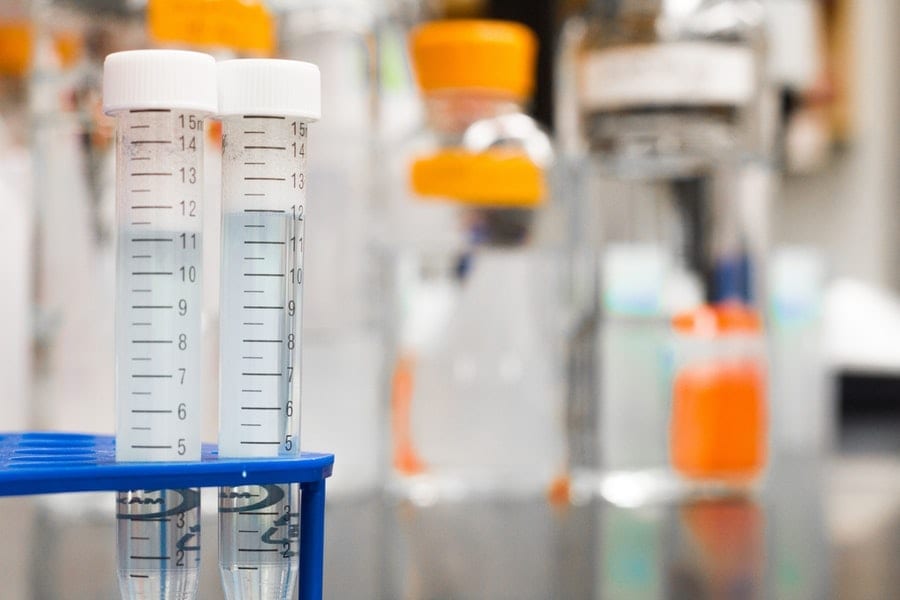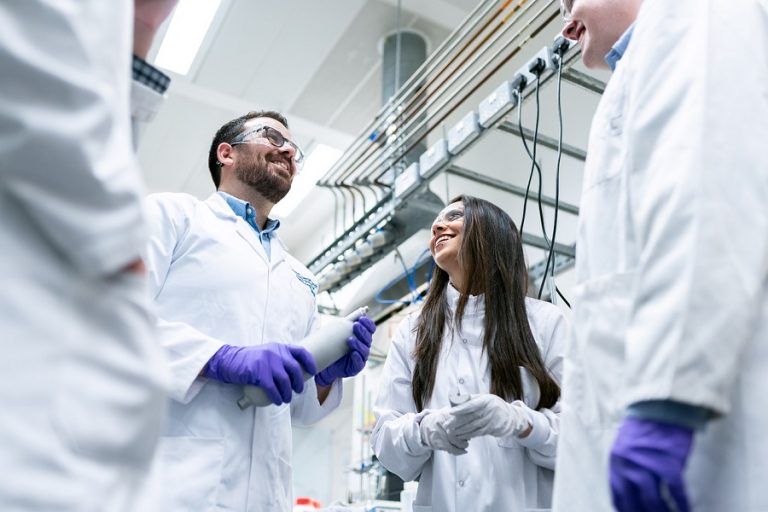Ireneusz Reszel for PMR: the current epidemiological situation may cause an interruption in the supply of certain products

Ten post jest także dostępny w języku:
![]() polski
polski
Currently, the eyes of the world are on the city of Wuhan in China, where a sudden increase in the incidence of pneumonia caused by a previously unknown type of the virus, labelled 2019-nCoA, was observed during the last month. Between 31 December 2019 and 2 February 2020, the virus caused 305 deaths (including 304 in China) and infected 14,564 people. To date, 21 cases have been reported in the EU/EEA. The current epistemological situation may have various effects on the global economy, including interruptions in the supply of goods produced in China and increased activity of speculators, says Ireneusz Reszel, Product Manager Infection Prevention at Batist Medical in an interview with PMR.
Speculators are rubbing their hands
The current epidemiological situation can have a very strong impact on the global economy. On the one hand, the isolation, suspension of air traffic to China, and the prolonged closure of many factories and plants due to the coronavirus epidemic until 14 February, will cause major economic losses not only in China. Let us remember that many medical devices, and not only that, are manufactured in the “Middle Kingdom”, and such a situation may lead to the disruption of continuity of supply and availability of basic disposable articles. On the other hand, the current situation is a temptation to make quick and easy money for speculators, which may cause an artificial lack or strong increase in prices of basic articles used in prevention, such as protective masks, aprons or the aforementioned hand disinfectants, says Ireneusz Reszel.
Dangerous virus
Coronaviruses are enveloped viruses, belonging to Coronaviridae. They are responsible for gastrointestinal infections, respiratory infections such as bronchitis and colds, but also acute severe respiratory syndrome. The latter has already been dealt with between November 2002 and April 2003, where the coronavirus, known as SARS-CoA (Severe Acute Respiratory Coronavirus Syndrome), was responsible for the mass incidence of Acute Respiratory Syndrome in South East Asia.
In recent days we have a similar scenario of an epidemic caused by a new type of coronavirus, popularly known as the Wuhan coronavirus, but its extent and number of cases indicate a very rapid development and spread of the epidemic. The matter is further complicated by the fact that the epidemic erupted in a very densely populated area of the world, and additionally in the period of celebration of the Chinese New Year, during which people travel massively to families for celebrations.
It should be added that the incubation time of the virus is up to 14 days, which further complicates the situation by facilitating the transmission of the virus from China to the rest of the world. Often, a person infected with the virus does not yet have any symptoms and the virus spreads unconsciously during the journey, e.g. among co-passengers on a plane.
The ability to transmit the virus from human to human has been confirmed. This transmission takes place through both drip tracing and direct contact.
Possible preventive measures
It seems that the epidemiological services in countries where infection with this virus has been confirmed, especially China, „have done their homework well“, after a history of recent years (SARS virus). Currently, measures to prevent the uncontrolled spread of the virus epidemic are being applied on a large scale. This mainly involves isolating the “infected” city and quarantining people who have symptoms or have had contact with the virus.
It is also very important to be aware of and follow basic hygiene rules, such as sneezing or coughing properly, avoiding crowded areas and contact with people with symptoms of active infection. All these elements can help to limit the spread of the virus.
In addition, the use of generally available preventive measures such as protective masks and the use of alcohol-based hand disinfectants is a very important element of prevention. In a situation of epidemic danger, which we have in the world today, alcoholic hand disinfectants should be constantly within our reach in order to be able to quickly and effectively eliminate one of the most common ways of spreading the microorganisms that are our hands.
A properly performed hand disinfection process with an alcoholic preparation that meets the requirements of the WHO (World Health Organisation) must include the following 80% ethyl alcohol in its composition. This guarantees a fighting effect against the shielding viruses, represented by the Wuhan coronavirus, in 30 seconds. It is important that the preparations used are tested in accordance with current European standards for the evaluation of the microbiological efficacy of products used for disinfection and meet these rigorous standards. This guarantee is provided by the choice of a product from reputable companies that place constant emphasis on improving, developing and testing their products. The product of choice that meets all these requirements and guarantees the highest level of epidemiological safety are for example Sterillium Med and Sterillium Classic Pure hand disinfection products manufactured by Bode-Chemie.






